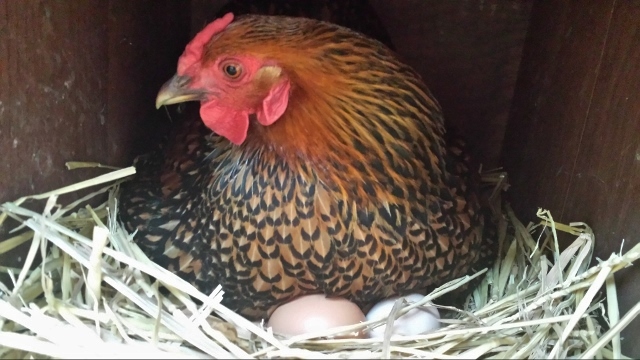
Sustainability is something that has been on our minds for several years now. It’s a word that’s easy to think about and it always sounds great! But, when you bring those thoughts forward into actions it’s not so easy at all! We live in a very, for the moment, instant gratification society. Actually stopping to plan ahead and conserve resources for the future is totally foreign.
This is our third year raising meat chickens, and we’ve been growing gardens for many, many years. My parents raise a hog for our freezer every year, and finding beef locally has never been much of a problem. These are all GREAT things. They help to cut down on our grocery budget, and it’s wonderful to know exactly where our food comes from; BUT, this is no where near sustainable. We buy our seeds, buy baby chicks, buy most of or chicken feed, buy the hogs, and buy the beef.
This year we’ve had a little more time to research, plan, and think through some of our goals. Writing this post is another way to “visualize” what our sustainable goals are. Just to make one thing clear, it has never been our goal to become completely self sustainable. For one thing it’s practically impossible, and “self sustainable” sounds to us like we don’t need help from anyone else. We think sustainable living is a life style that should involve a community of like minded people helping each other. Sometimes it may be little more than encouragement from someone who knows, or by bartering, borrowing, buying and or selling with each other. Our main goal for sustainability is to just keep taking one step at a time in that direction and see what works and what doesn’t. I guess I think of recycling and sustainable as pretty close to the same thing, and what could be wrong with having goals toward utilizing our resources closer to the way God intended! One chicken, one duck, one seed, one goat at a time….hmmm goats! We’ve been thinking about those too…
We (or maybe I) decided to start our sustainable journey with chickens and ducks. We already have a good start to a sustainable flock, so I thought this year we would keep some meat chickens and ducks for breeding stock and go from there. Right now we have 11 laying hens, 3 bantam hens, 19 ranger broilers, 4 – four month old ducks (1 male and 3 females) and 11 very brand new Pekin ducklings that came just this week.
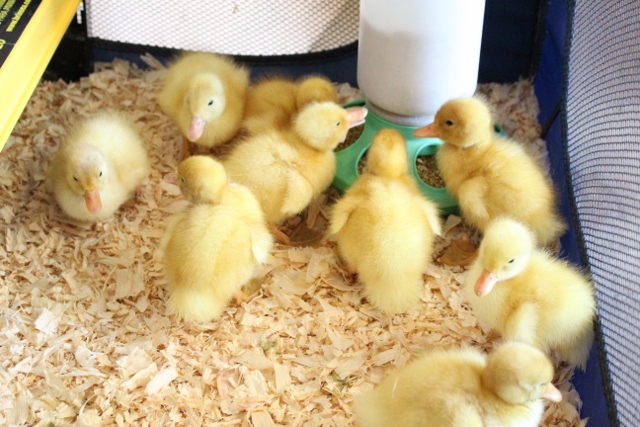
We’ve had LOTS of females around here, and not so many males. I don’t think I need to explain the need for both if you want a sustainable flock. This year it is our goal to keep a few males of the correct breed, and so enters….Duke the Pekin Drake
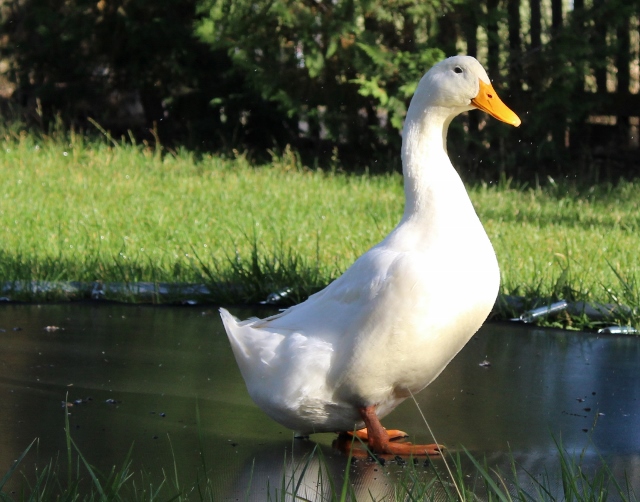
This is a couple of weeks before he grew his dashing drake feather, confirming our suspicions that he is indeed a HE, and yes he’s jumping on the trampoline. (have to stay in shape for the ladies you know)
Pekin ducks are a wonderful dual purpose water fowl. They are a heavy, cold tolerant bird that are also excellent egg layers. They can’t fly, are said to be very tasty, and reach butchering size in 7 weeks or so. I also read that the ducks (females) will go broody in the spring time and hatch out their own babies. This seems to be the perfect breed to have for sustainability. Out of the the 11 ducklings we just bought, I’m hoping to keep two or three females for breeding. Along with the 3 other lady ducks we have, Duke should be a HAPPY drake!
Now meet Sylvester the Rooster…
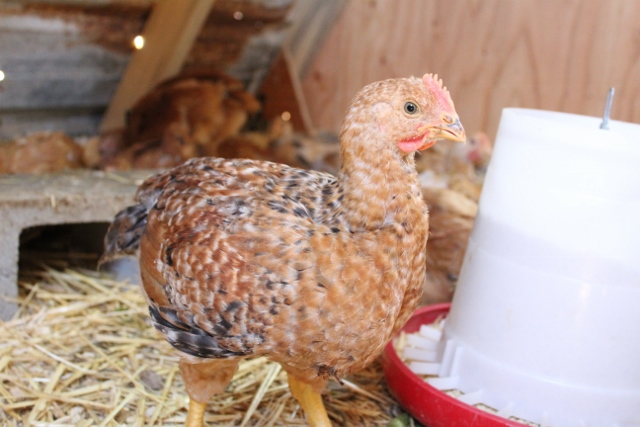
Well, at least I think he’s a rooster? He is one of our 5 week old ranger broilers, and I plan on keeping him to breed with some Buff Orpington and/or White Rock hens (that we still need to get). He is very friendly and curious, and if he turns out to be a she, I’ll pick a different one. These ranger broilers grow to butchering size in 10 weeks, and are more active and better foragers than the Cornish cross chickens. Not that I have anything against the Cornish cross broilers, they were tasty and grew very fast, but they are not a good choice for a sustainable flock. They’re sterile.
Now, for my laying hens, I still haven’t decided what kind of a rooster to get so we can continue to have good egg producers. Right now I have red sex link, white leg horn and golden laced wyandotte hens. All have been excellent egg layers. If you have any suggestions I would love to here from you!
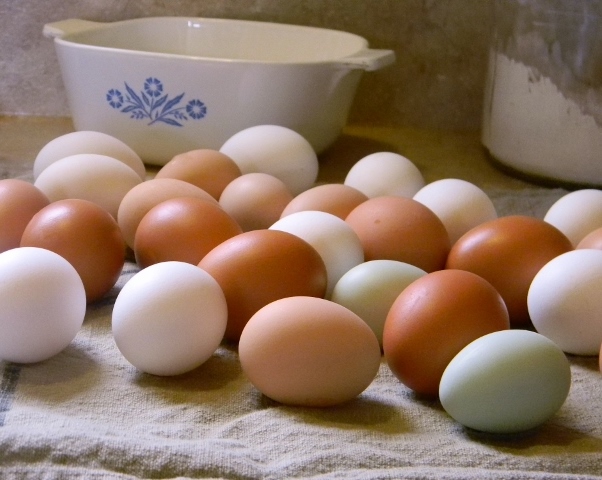
We are also working on growing chicken feed. Last year we grew corn and sunflowers, sprouted wheat kernels through winter, and of course they free range everyday. Anything to cut down on the feed bill is great!
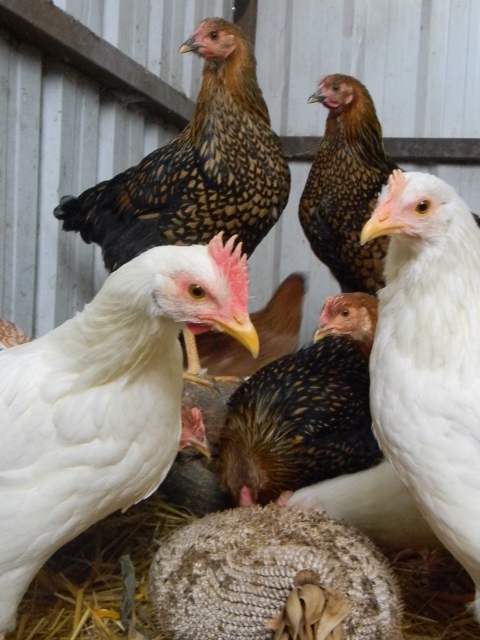
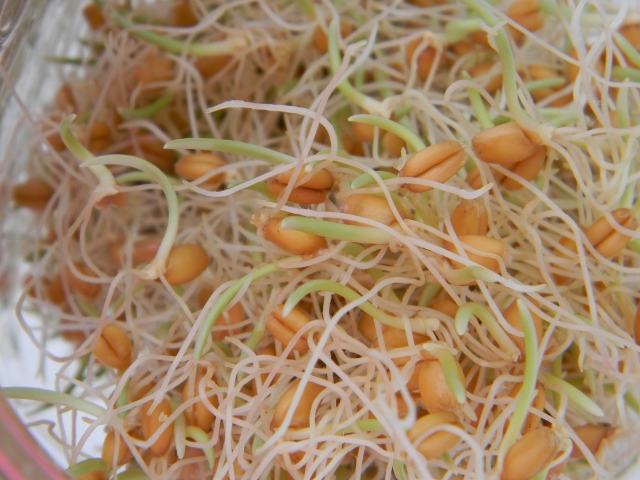
We will keep blogging about our sustainable efforts; successes and failures. I’m sure we will have plenty of each! Here is a great post about sustainable chickens if you want more info on the subject.
Do you have any sustainable goals?
This post was shared at: Simple Homestead Blog Hop –
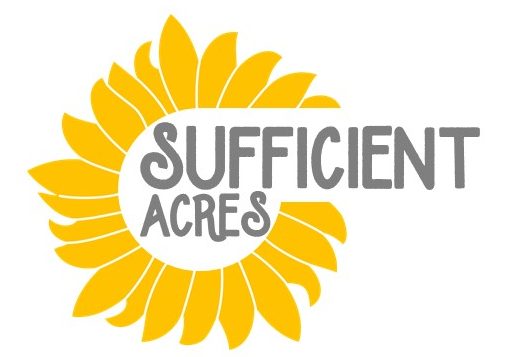
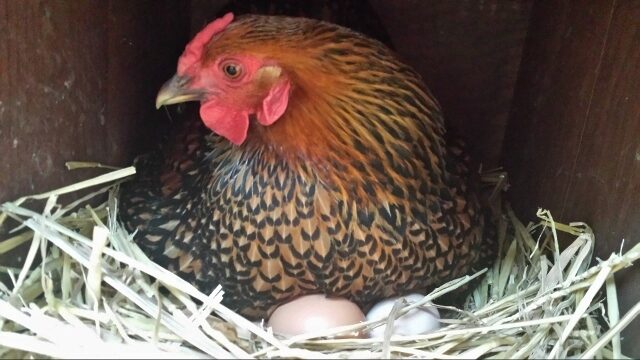

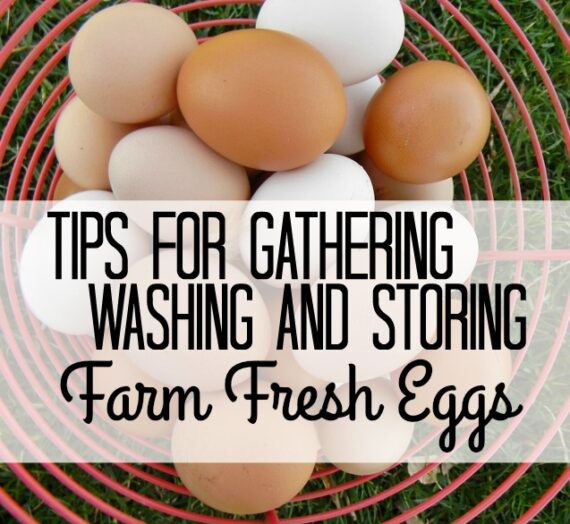
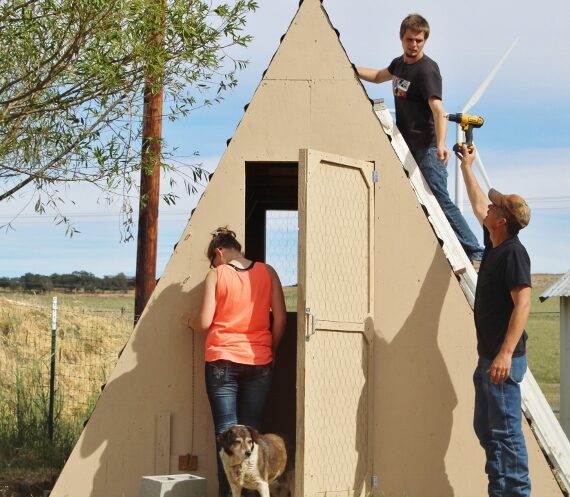
Marta
I am really enjoying your journey. Thank you for sharing.
sufficientacres@gmail.com
Thanks so much for letting us know Marta!!